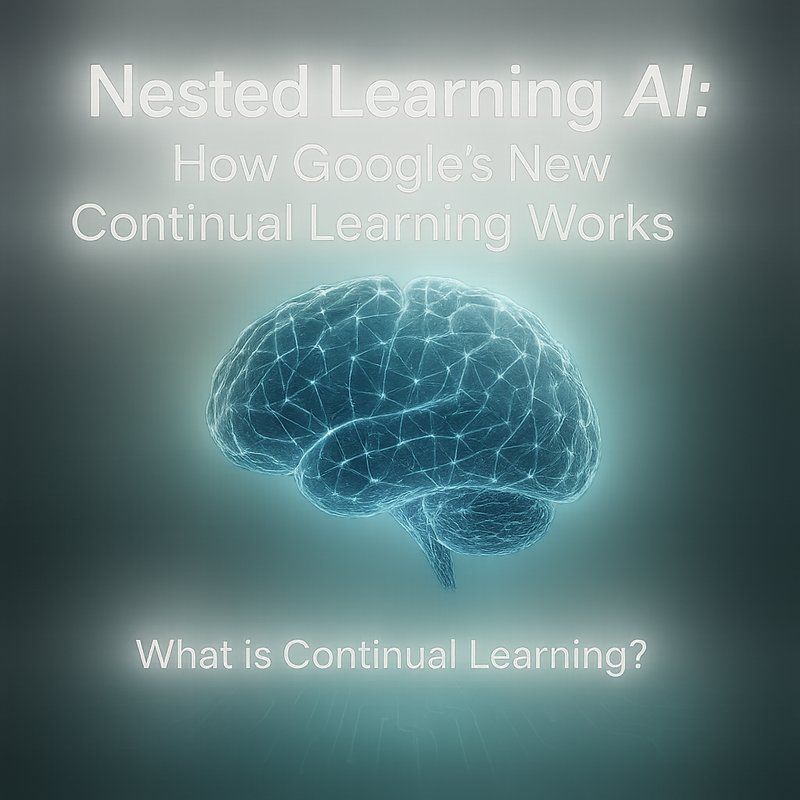AI threat hunting is a new way of looking for cyber attacks before they happen. It blends machine learning, data science and security knowledge to spot patterns that human analysts might miss. This article walks you through why it matters, how it works, and how you can start a project in your own organization.
Why AI Threat Hunting Matters
Cyber attackers are always learning. They test new tricks, change tactics, and try to stay a step ahead of defenders. Traditional security tools catch known malware and signatures. AI threat hunting looks deeper and finds hidden threats that do not yet have a signature.
If an analyst can discover a suspicious network pattern early, they can stop a breach before data is stolen. AI makes this hunt faster, more accurate and less tiring for staff.
Core Techniques in AI Threat Hunting
AI threat hunting uses several techniques that fit together like puzzle pieces.
1. Anomaly Detection
Anomaly detection looks for data points that stand out from the norm. In a network log, an anomaly might be an unusual port scan or a sudden spike in traffic.
2. Behavioral Modeling
Behavioral models learn what normal user actions look like. When an account behaves oddly – for example, logging in at midnight from a new device – the model flags it.
3. Natural Language Processing (NLP)
NLP reads emails, chat logs and documents to spot phishing attempts or insider threats.
4. Graph Analysis
Graph analysis connects devices, users and processes. It can spot hidden paths that attackers use to move inside a network.
5. Generative Models
Generative models create synthetic attack scenarios. This helps security teams practice response plans and test detection rules.
These techniques combine into a pipeline that feeds data, trains models and returns alerts.
Key Data Sources
Your AI threat hunting system needs good data. The most common sources are:
- Network flow logs – show traffic between hosts, ports and protocols.
- Endpoint telemetry – includes process starts, file changes and registry edits.
- Authentication logs – record logins, device IDs and geolocations.
- Email and chat logs – capture communication that could carry malicious links.
- Threat intelligence feeds – bring external information about known bad IPs and malware hashes.
When you merge these sources, you get a richer view of the environment.
Building an AI Threat Hunting Pipeline
You don’t need a huge team to start. Follow this step‑by‑step plan.
Step 1: Define Goals
Decide what you want to find. Do you want to spot lateral movement, ransomware, or insider leaks? Setting clear goals helps choose the right models.
Step 2: Collect and Normalize Data
Use a data lake or security information and event management (SIEM) system. Make sure timestamps, IP formats and user IDs are consistent.
Step 3: Choose Modeling Approaches
Pick techniques that match your data and goals.
- For anomaly detection, use isolation forests or autoencoders.
- For behavioral modeling, use Markov chains or recurrent neural networks.
- For NLP, use transformer models fine‑tuned on phishing data.
Step 4: Train and Validate
Split your data into training, validation and test sets. Use cross‑validation to avoid overfitting. Measure performance with precision, recall and F1‑score.
Step 5: Deploy Models
Run models in real time or in batch mode.
- Real‑time deployment uses stream processing frameworks like Kafka or Flink.
- Batch deployment processes logs daily and writes alerts to a ticketing system.

Step 6: Integrate with Response Systems
When an alert fires, connect it to a playbook or incident response platform. Use APIs to create tickets, run scripts or block IP addresses.
Step 7: Monitor and Update
Model performance changes as attackers evolve. Re‑train every few weeks and track drift. Use feedback from analysts to refine rules.
Tooling & Integration
Many vendors provide parts of this pipeline, but you can also build it yourself.
| Tool | Function | Notes |
|---|---|---|
| Apache Kafka | Stream ingestion | Handles high‑volume data |
| Elastic Stack | Search & visualization | Popular for security dashboards |
| TensorFlow | Model training | Open‑source, large community |
| PyTorch | Alternative training | Flexible for research |
| Airflow | Workflow orchestration | Schedules data pipelines |
| SIEM (e.g., Splunk, QRadar) | Log collection | Integrates with many data sources |
| OpenAI GPT | NLP for email filtering | Requires careful tuning for security |
| Neura ACE | AI‑powered content generation | Helps automate documentation |
If you want a plug‑and‑play solution, look at the AI products on https://meetneura.ai/products.
For deeper insight into our leadership team and how we guide our AI projects, visit https://meetneura.ai/#leadership.
Real‑World Use Cases
| Organization | Challenge | AI Threat Hunting Solution | Impact |
|---|---|---|---|
| GlobalBank | Detecting unusual fund transfers | Behavioral modeling of account activity | Reduced fraud by 30% |
| HealthCarePlus | Spotting ransomware on endpoints | Anomaly detection of file changes | Zero successful ransomware incidents in 2025 |
| RetailChain | Phishing email spikes | NLP scoring of incoming mail | Cut phishing clicks by 45% |
| GovAgency | Insider data exfiltration | Graph analysis of privileged access | Detected early data leaks |
These case studies show how AI threat hunting can be adapted to many sectors. For more details, see https://blog.meetneura.ai/#case-studies.
Challenges & How to Overcome Them
| Challenge | Why It Happens | Mitigation |
|---|---|---|
| Data Volume | Logs can reach terabytes per day | Use compression, sampling and distributed storage |
| False Positives | Models sometimes flag benign activity | Tune thresholds, involve analysts for feedback |
| Skill Gap | Analysts need ML knowledge | Offer short courses, use user‑friendly tools |
| Privacy Concerns | Sensitive data in logs | Anonymise personal info, use differential privacy |
| Model Drift | Attack patterns evolve | Retrain frequently, monitor metrics |
Future Directions in AI Threat Hunting
- Federated Learning for Security – Multiple companies can train a shared model without exposing raw logs.
- Explainable AI – Models that explain why an alert was raised help analysts trust them.
- Zero‑Trust Integration – AI can enforce least‑privilege access dynamically.
- Automated Remediation – AI can trigger scripts that quarantine machines or block IPs instantly.
Staying ahead means keeping an eye on these trends and adapting quickly.
Conclusion
AI threat hunting turns passive log‑watching into an active hunt for attackers. By combining anomaly detection, behavioral modeling, NLP and graph analysis, security teams can uncover hidden threats before they cause damage.
Start small: pick a data source, choose one model, deploy, and iterate. With the right tools and a clear plan, your organization can move from reactive to proactive defense.
AI threat hunting is not a silver bullet, but it is a powerful tool in today’s security toolbox.









